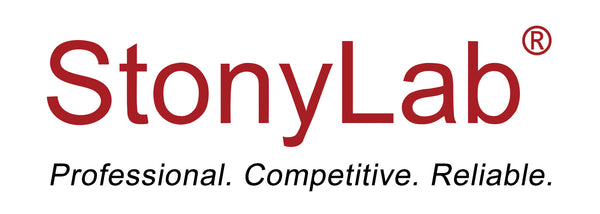To thoroughly remove organic contaminants from the surface of a PTFE magnetic stir bar, Piranha solution can be used for deep cleaning.
This method is highly effective but extremely dangerous—strict adherence to safety protocols is mandatory.
Procedure
Strongly recommended: perform all steps in a chemical fume hood while wearing full personal protective equipment (PPE).
1. Prepare the Piranha Solution
- (Piranha solution is extremely hazardous. Use at your own risk. Not recommended for inexperienced users.)
- Carefully mix concentrated sulfuric acid and 30% hydrogen peroxide in a 3:1 volume ratio.
- Important: Always add hydrogen peroxide to sulfuric acid, never the reverse.
- Add slowly and cautiously to avoid violent reactions or splashing.
- The mixture will heat up rapidly and release oxygen gas, creating a highly oxidative solution.
2. Clean the Stir Bar
- Carefully place the PTFE magnetic stir bar into a beaker containing a small amount of prepared Piranha solution.
- Soak for 5–10 minutes, depending on the level of contamination.
- Do not seal the container during cleaning. Oxygen evolution can lead to dangerous pressure buildup and explosion.
3. Remove and Rinse
- Use acid-resistant tweezers to safely remove the stir bar.
- Rinse thoroughly with copious amounts of deionized water.
- Optionally, use an ultrasonic cleaner to assist in rinsing and ensure complete removal of residues. Air-dry the stir bar before reuse.
Safety Notes and Warnings
- Do not use metal containers or stirrers with Piranha solution, as this may result in explosive reactions.
- Frequent use of Piranha solution is not recommended. Although PTFE is chemically resistant, prolonged exposure to strong oxidizers and high heat can degrade its surface, leading to dullness or discoloration.
Recommendations
- In many cases, alternative methods such as alkaline cleaning agents, organic solvent soaking, or ultrasonic cleaning may suffice.
- Choose an appropriate cleaning method based on the type of contamination to avoid unnecessary damage.
- Always rinse thoroughly after cleaning to ensure chemical residues do not interfere with future experiments.

